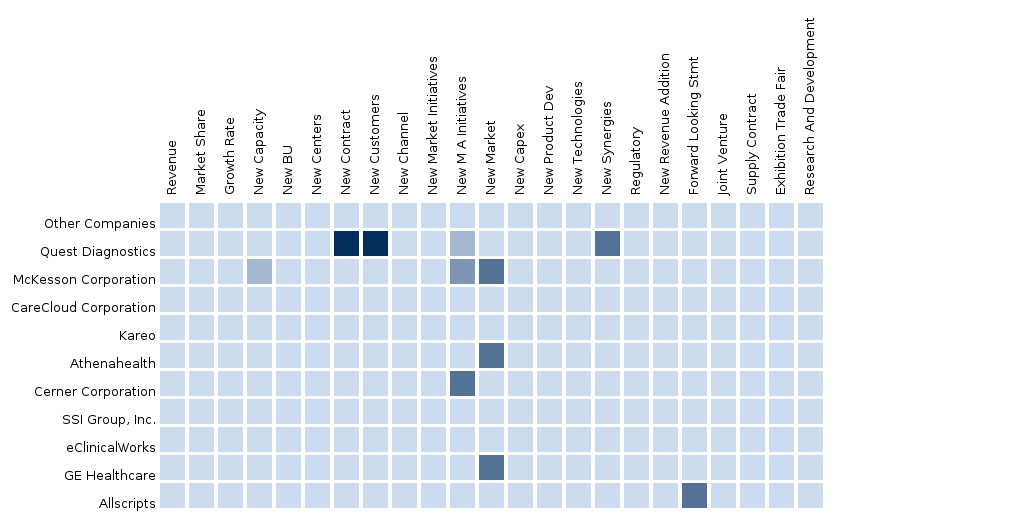The Provider Payroll System market in Asia is a fast-growing market, which is projected to rise at a CAGR of 7.4% from 2012 to 2018. Thus, companies that wish to venture into this market and those that already exist in this region, have the chance to increase their foothold and enhance their customer base by offering qualitative products and services.
Payroll systems occupy an important place in an organization. With numerous advantages, these systems enable the payroll & HR staff to work through large amounts of data in a limited timeframe, and obtain accurate results while minimizing or eliminating discrepancies. As businesses and workforce grow, the payroll & HR functions also increase. However, with the usage of these systems, companies can easily manage the payroll operations without employing additional time or people.
Apart from the core payroll functions, these systems help store and share large amounts of data. In addition to data storage and sharing, these systems are also used to generate reports that are critical for accounts and management. Another advantage is that the data stored in these systems can be integrated with other applications as well. Thus, departments other than the payroll & HR can easily access the data, as and when required.
Payroll systems have considerably reduced the amount of paperwork that was once mandatory for the payroll functions. The reports generated from this system can also be stored and shared, electronically. Organizations are obliged to share several reports with the regulatory bodies. This demand has helped recognize the significance of automated payroll systems. The Asian Provider Payroll System market is projected to witness significant growth as the demand for these systems are growing steadily. Increasing emphasis on automating business functions also acts as a key growth factor for this market.
Companies that currently serve this market are Cerner Corporation, McKesson Corporation, Allscripts, GE Healthcare, Quest Diagnostics, eClinicalWorks, Kareo, CareCloud Corporation, Athenahealth, and SSI Group, Inc., among others. A macro indicator of this market is the healthcare expenditure. Components of this market include hardware-healthcare IT, software-healthcare IT, and services-healthcare IT. End-users of this market cover hospitals, office-based physicians, ambulatory care solutions, along with medical and diagnostic laboratories.
This market report includes the current and future market trends, with major emphasis laid on the drivers, restraints, and upcoming opportunities. It also presents a competitive landscape of key market players, along with strategies adopted by them to sustain their market position. The product and service portfolio, as well as pipeline offerings of companies have also been discussed in this report.

Please fill in the form below to receive a free copy of the Summary of this Report
Please visit http://www.micromarketmonitor.com/custom-research-services.html to specify your custom Research Requirement
| PRODUCT TITLE | PUBLISHED | |
|---|---|---|
 |
North American Non-Clinical Information System Market North America is the largest market for non-clinical information systems globally, and is expected to grow at a CAGR of 8.1% from 2013 to 2018, to reach a value of $8,905.5 million in 2018. This market is segmented into sub-segments, components, deployments, end users, applications, and geographies. |
Upcoming |
 |
European Non-Clinical Information Systems Market The European non-clinical information systems (NCIS) market has been segmented by types, deployment, components, end users, applications, and geographies. Globally, this is the second-largest NCIS market, and is expected to grow at a CAGR of 6.3% from 2014 to 2019. |
Upcoming |
 |
Asian Non-Clinical Information Systems Market Asia is the fastest-growing market for non-clinical information systems, and was valued at $1,336.4 million in 2013. It is expected to grow at a CAGR of 7.2%, from 2013 to 2018, to reach a value of $1,892.2 million in 2018. This market can be segmented by companies, deployments, components, end users, and macro indicators. |
Upcoming |













